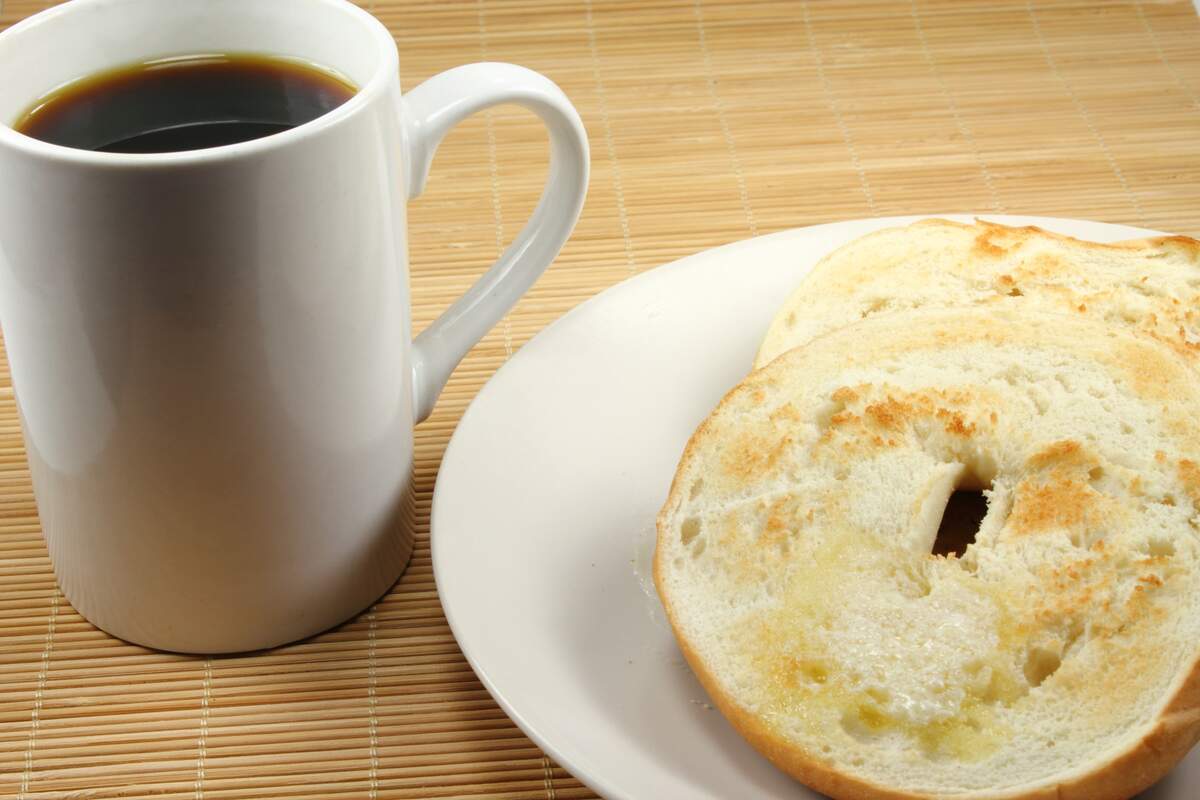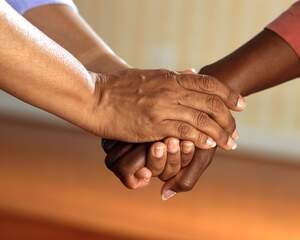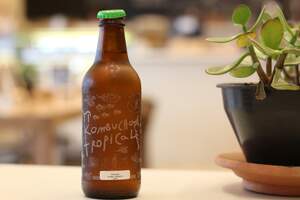

National Bagel Day
Also known as
Bagel and Lox Day
National Bagels and Lox Day
Observed
annually on February 9th (until 2018)
annually on January 15th (since 2019)
Dates
Tags
Food & Drink
Snacks & Desserts
Hashtags
Sources
National Bagel Day is devoted to bagels, and bakeries and stores often offer discounted or free bagels on the day. It is unknown exactly how bagels got their start. One story says they were invented in Krakow, Poland, where they appeared in the city's community regulations in 1610. This account says they were given as gifts to women in childbirth. Another story says a Viennese baker created bagels to commemorate the victory of Polish King Jan III Sobieski over the Turks in 1683. This account says the bread was formed into the shape of a "buegel"—or stirrup—because the liberated Austrians had clung to the king's stirrups as he had ridden past.
Bagels became a part of the Polish diet, and then part of the Slavic diet in general. By the mid-nineteenth century, they could be found in London, and they were first mentioned in English print, in 1892, as "beuglich." They likely found their way to the United States via Jewish immigrants from Poland, and were eaten by them especially during Sunday breakfasts. They were first mentioned in American print as "bagels" in 1916. The production and sale of bagels became significant in New York City.
The automated production of bagels—which debuted in 1962 at Lender's Bagel Bakery in New Haven, Connecticut—helped popularize them nationally. Bagels were in the ascendancy during the latter end of the twentieth century; sales rose in the 1980s and doubled by 1993. However, there was a small drop in their popularity at the beginning of the twenty-first century. Still, they remain very popular throughout the world, especially in the United States, Canada, and the United Kingdom.
Bagels are yeast buns made of light or dark flour, with a hole in their middle. They are boiled—although many are now steamed—and then baked, which gives them their taste and characteristics; they are crispy and shiny on the outside, and chewy on the inside. They are dense and heavy, which has earned them the nickname "cement doughnuts."
Two of most popular varieties of bagels are the Montreal and New York styles. The Montreal has malt and sugar, but no salt; it is boiled in honey-sweetened water, and is always baked in a wood-fired oven. The New York has salt and malt, and is boiled in water before being baked in a standard oven. It isn't as sweet as the Montreal, and it has a smaller hole. Plain bagels are the most popular type of bagel, followed by sesame bagels. Other popular types have onion flakes, poppy seeds, or fruit such as blueberries or raisins.
Bagels are traditionally topped with lox or Nova Scotia salmon, oftentimes with cream cheese. Cream cheese can also be spread on bagels on its own, and many other spreads and toppings, such as peanut butter or jam, can be used as well. Bagels are not only eaten for breakfast, and can be used to make sandwiches at any time of the day.
How to Observe National Bagel Day
Celebrate the day by eating a bagel...or a few bagels. Head out to a bakery or a coffee shop to pick some up, or make your own. Eat them with cream cheese, or get creative with toppings. Use bagels to make a sandwich, or to make mini pizzas—afterall, National Bagel Day used to be celebrated on the same day as Pizza Pie Day! There are endless possibilities to the types of bagels you could eat and what you could put on them, so there is no shortage of ways to celebrate the day.





















